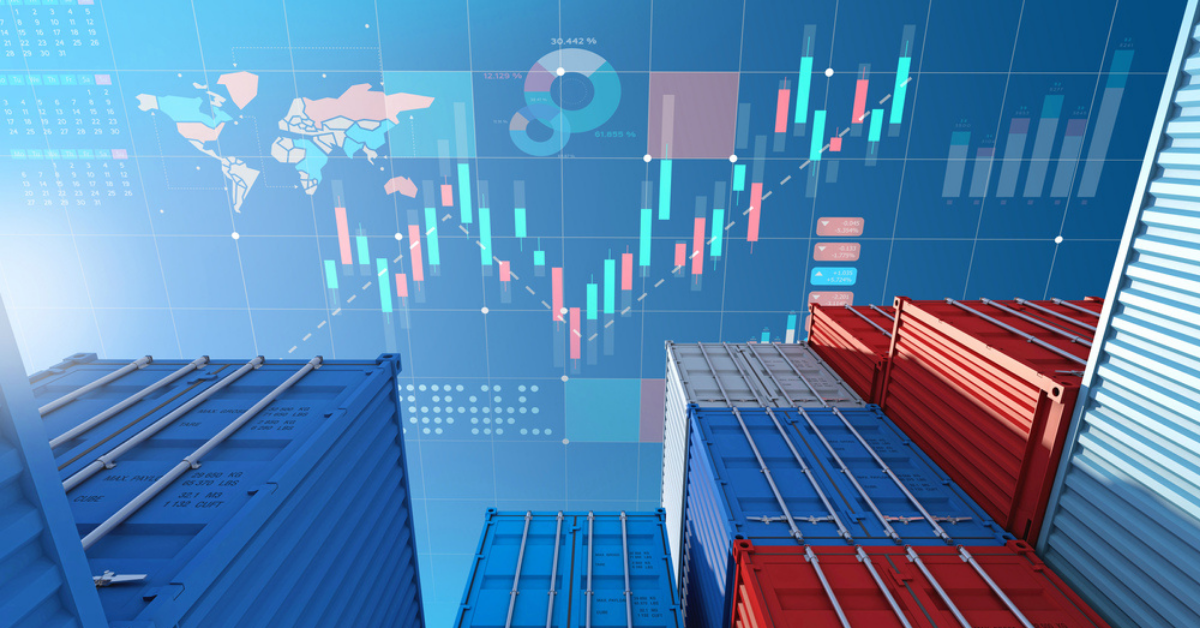More and more Shippers and 3PLs are turning to technology to help manage their freight and ensure consistency in their over-the-road (OTR) shipping operations. These leading companies have a competitive advantage and can access data easily to make important, cost-saving business decisions, whereas companies utilizing outdated technology or manual processes have not maximized their shipping potential.
Category: logistics management
No Need for Luck with the Right Freight Technology Solution
It is widely known that outdated systems and manual processes negatively impact productivity and profitability for Shippers and 3PLs. About 50% of logistics and transportation companies say they weren’t just unlucky in their businesses -- outdated technology caused them to lose customers. Consider updated technology solutions for remaining competitive in the supply chain.
Technology Innovations and Trends You’ll Love in 2022
If you take a moment, you can still smell the flowers and a hint of chocolate as the Valentine’s Day holiday winds down. While the love is palpable, many shippers and 3PLs aren’t experiencing the same warm and fuzzy feelings with the current state of the supply chain and some are desperately seeking a solution.
How Load Consolidation Takes Your LTL Shipping to Another Level
Shippers and 3PLs know the advantages of using less-than-truckload (LTL) shipping – cost effectiveness, more delivery options, the ability to ship smaller loads without needing to fill an entire truckload, etc. However, when carrier capacity tightens, quicker shipping options are in higher demand, or the supply chain experiences disruptions, it can be difficult to get the LTL pickups and deliveries you need when you need them. To ensure your LTL shipments are getting to their final destinations without delays or breaking your budget, you have another option – LTL load consolidation.
How to Balance Automation and the Human Element in Shipping
Forecasting the Future of Freight
Wouldn’t it be nice if we could see what the future of freight and the supply chain will be in 2022? Industry experts predict that we will still see backlogs of shipments, labor shortages, capacity issues, rate increases, and lack of warehouse space at least within the first few months of the year. If only we had a way to determine how to navigate these issues or some type of crystal ball that we could use to help us predict where we will be six months or a year from now, we could more efficiently and effectively plan for the course ahead.
Fixing the Broken Supply Chain
This year remains a challenge for the supply chain. Labor shortages and carrier capacity are ongoing issues, and lane restrictions and rates continue to steadily increase with no end in sight. According to The Washington Post, fallout from the COVID-19 pandemic exacerbated increases in freight bills and delivery delays throughout 2021.
Calculate Your Savings with an API Solution
Shippers and 3PLs have welcomed the transparency offered to the freight management industry through pricing APIs, particularly the savings they get when taking advantage of real-time carrier rates rather than relying on dated methods for securing pricing. There’s also the hidden benefit of an instant competitive advantage when competitors using outmoded legacy processes secure outdated rates from carriers. This means pricing API users are spending less on shipping and increasing profit margins while gaining a competitive edge with freight costs.
Why Digitalization Makes Sense in Shipping
Collaboration is fundamental when trying to move an industry in a different direction and enact sustainable change. This requires that all players in the industry work together to facilitate that change, even those who compete within the market. The top players in the logistics and the supply chain industry are working together during this critical time to develop the right knowledge base. As a member of the Digital LTL Council, Banyan Technology is committed to help foster those partnerships to elevate the industry through automation, standardization, and digitalization.








